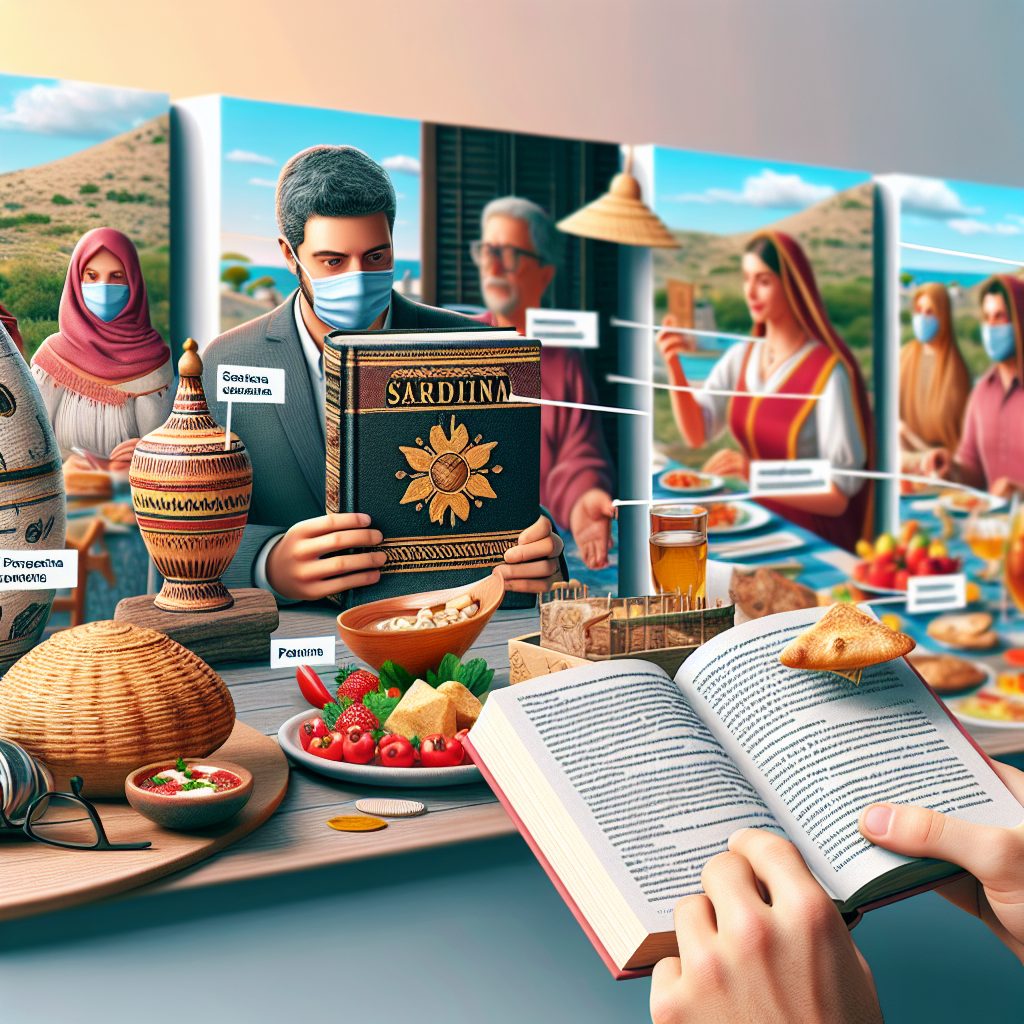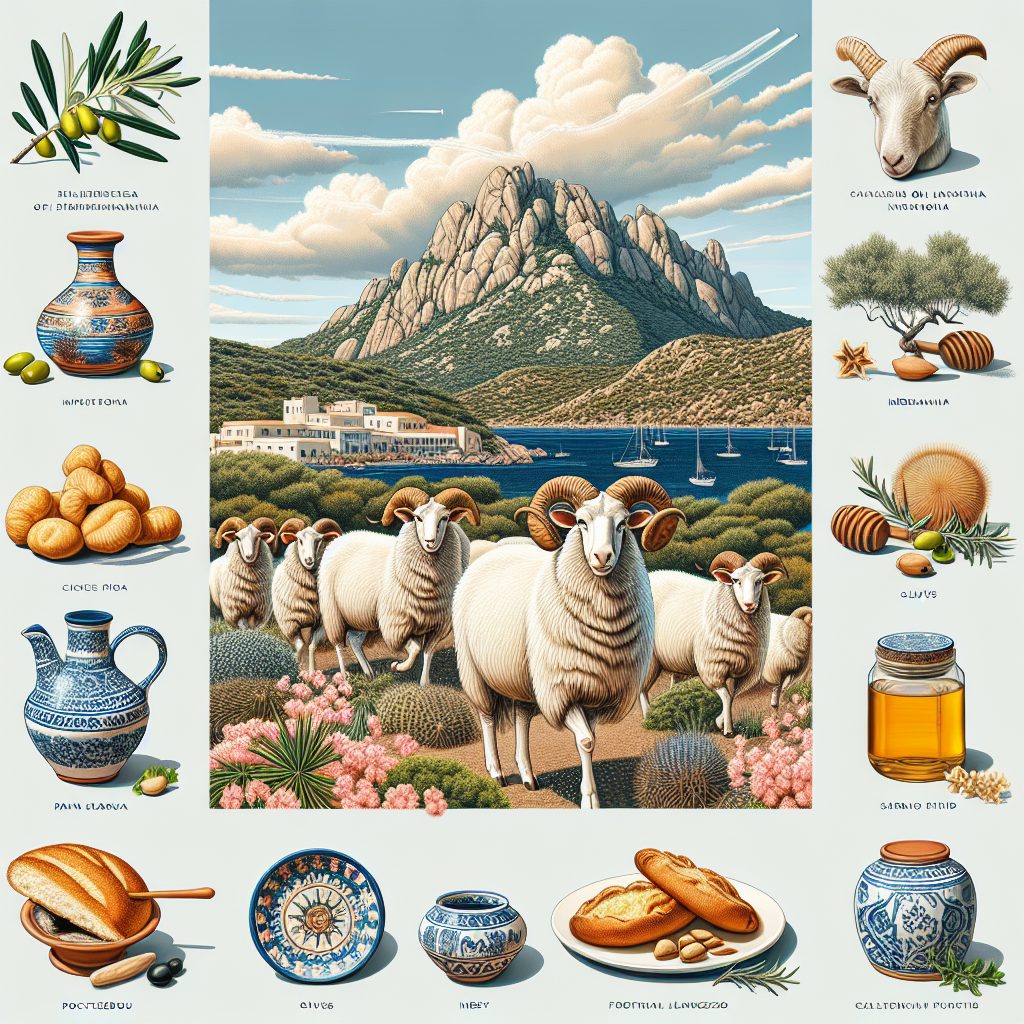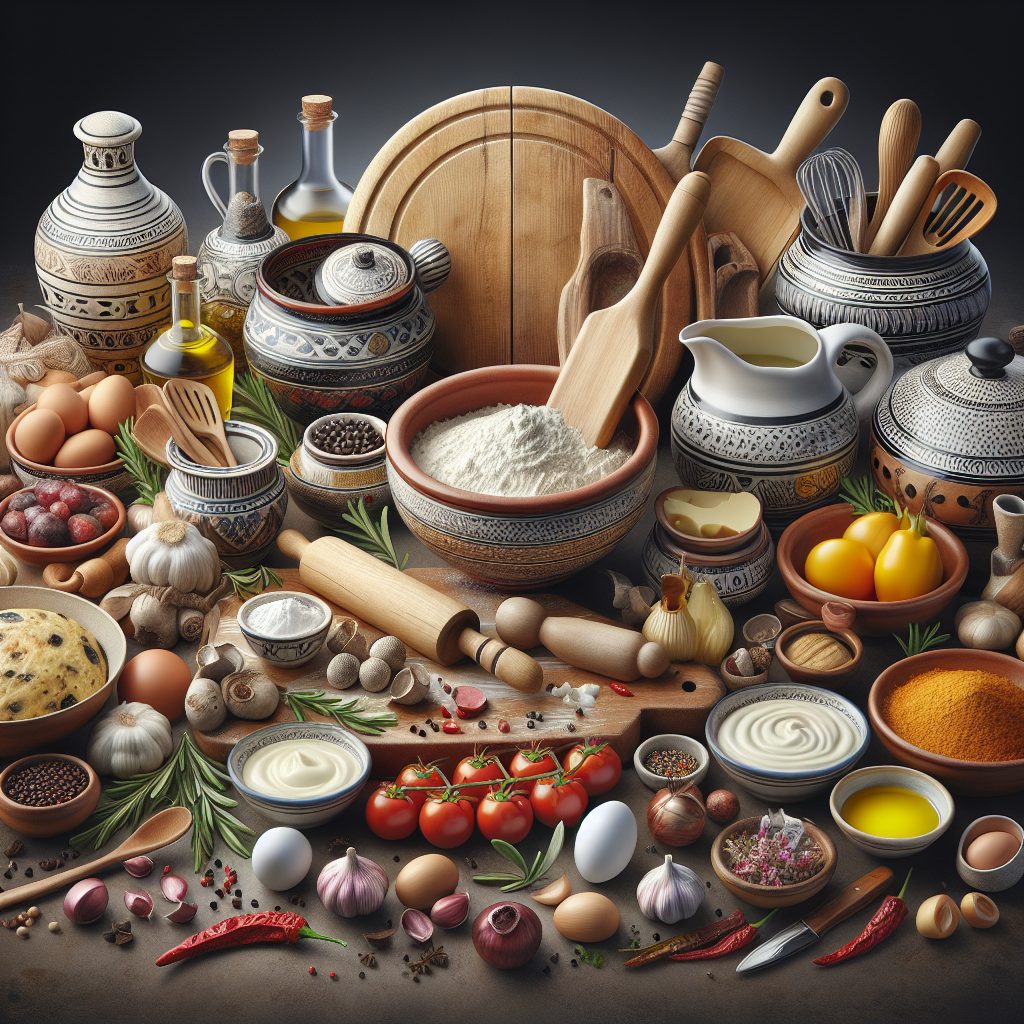The Sardinian language is a fascinating example of multilingualism in action. With its distinctive roots in Latin, it has evolved over centuries with influences from various cultures and languages. A unique fact about Sardinian is that it is considered one of the oldest Romance languages still spoken today. This language is predominantly spoken on the Italian island of Sardinia, where it coexists with Italian and various regional dialects.
The presence of multilingualism in Sardinia has had a significant impact on the island’s cultural and linguistic landscape. Sardinian serves as an important symbol of local identity and heritage, playing a crucial role in connecting Sardinians to their ancestral roots. It reflects the history and rich diversity of the island, where multiple languages have coexisted for centuries. The linguistic diversity fosters a sense of community among Sardinians and contributes to the preservation of the island’s unique cultural heritage.
Now that we understand the background and significance of the Sardinian language’s multilingualism, let’s delve into the key takeaways. In the following sections, we will explore the impacts on language preservation, the influence of other languages on Sardinian, and the challenges faced by the linguistic community. By examining these aspects, we can gain a deeper appreciation for the role of multilingualism in shaping the linguistic landscape of Sardinia and its impact on the local population.
Key Takeaways
1. Sardinian language multilingualism is a complex phenomenon that influences the linguistic landscape of the island of Sardinia, Italy. This linguistic diversity arises due to the coexistence of the Sardinian language alongside Italian, which is the official language.
2. Despite efforts to promote the use of Sardinian, Italian remains the dominant language, especially in education and administration. However, Sardinian still plays a significant role in informal conversations, families, and cultural events, contributing to the preservation of the island’s identity.
3. The younger generation faces challenges in acquiring and using the Sardinian language due to the influence of mass media, globalization, and the emphasis on standardized Italian. This poses a threat to the vitality and future of the Sardinian language.
4. Multilingualism in Sardinia extends beyond Sardinian and Italian. Other minority languages, such as Catalan and Sassarese, are spoken in specific areas, reflecting the historical and cultural influences that have shaped the linguistic landscape.
5. In recent years, efforts have been made to revitalize and promote Sardinian as a cultural heritage and identity marker. Various initiatives, such as language courses, events, and digital resources, aim to enhance its prestige and encourage its use, ensuring its survival in the face of modern challenges.
What is Sardinian language multilingualism?
The Sardinian Language: An Overview
Sardinian is a Romance language spoken primarily in the Italian island of Sardinia. It holds a unique position among the Romance languages due to its ancient origins and distinct linguistic characteristics. Sardinian is believed to have developed from Vulgar Latin and has been influenced by various languages throughout history, including Phoenician, Catalan, Italian, and Spanish.
The Multilingual Nature of Sardinia
Sardinia is a region rich in linguistic diversity, and multilingualism is a prominent feature of its cultural heritage. Apart from Sardinian, Italian is the official language of the island, introduced after Italian unification in the 19th century. Additionally, various dialects and languages are spoken within different communities, including Catalan, Sassarese, Gallurese, Logudorese, and Campidanese.
Historical Factors Shaping Multilingualism
Sardinia’s multilingualism can be traced back to its complex history. The island experienced numerous influences and dominations by various cultures and civilizations, resulting in the coexistence of different languages and dialects. Phoenicians, Romans, Vandals, Byzantines, Arabs, Catalans, Genoese, and Spanish all left their linguistic marks on the island.
The Impact of Italianization
Italianization, which aimed to impose standardized Italian as the main language, has had a significant effect on Sardinia’s linguistic landscape. With the introduction of compulsory education in Italian, the dominance of Italian increased, leading to a decline in the use of Sardinian and other local languages. However, efforts to revitalize and preserve Sardinian have gained momentum in recent years.
Sardinian Language Multilingualism Today
Despite the challenges faced by Sardinian and other local languages, multilingualism is still a lived reality on the island. Sardinian is spoken by a significant portion of the population, especially in rural areas, where it remains an integral part of daily life, culture, and traditions. Additionally, the Sardinian government has taken steps to protect and promote the linguistic diversity of the region.
Tips for Embracing Sardinian Language Multilingualism
- Immerse yourself in Sardinian culture: Engaging with Sardinian traditions, literature, music, and arts can foster a deeper appreciation for the language and its multilingual context.
- Learn basic Sardinian phrases: Familiarize yourself with common greetings, expressions, and simple conversations to actively participate in Sardinian-speaking communities or interactions.
- Support local language organizations: Various organizations dedicated to preserving and promoting Sardinian language and culture are actively working to maintain linguistic diversity. Consider supporting their initiatives and events.
- Engage in language exchange programs: If you already speak Italian or another language spoken in Sardinia, explore language exchange opportunities to practice Sardinian and engage with native speakers.
- Visit Sardinia: Immersing yourself in the local environment is a fantastic way to experience the diverse linguistic landscape firsthand. Interacting with locals and experiencing their conversations can deepen your understanding of Sardinian multilingualism.
FAQ
Can Sardinians speak multiple languages?
Yes, the majority of Sardinians are multilingual and can speak not only Sardinian, but also Italian and often English or other foreign languages.
Is Sardinian a widely spoken language?
Although Sardinian is not widely spoken compared to Italian, it is still used by a substantial number of people, particularly in rural areas of Sardinia.
Do Sardinians grow up learning Sardinian?
Yes, many Sardinians grow up learning Sardinian as their first language in addition to Italian, which is taught in schools.
Is Sardinian a Romance language?
Yes, Sardinian is classified as a Romance language, belonging to the same language family as Italian, Spanish, French, and Portuguese.
Do Sardinians have a strong sense of cultural identity?
Yes, Sardinians are known for their strong cultural identity, which includes preserving and promoting their language, among other traditions.
Is Sardinian considered an official language?
No, Sardinian is not recognized as an official language in Italy, but it is protected as a minority language under European and international law.
How different is Sardinian from Italian?
Sardinian and Italian are distinct languages with different origins, grammar, and vocabulary. While they share some similarities, they are not mutually intelligible.
Are there dialects of Sardinian?
Yes, just like any other language, Sardinian has various dialects across different regions of Sardinia, which can differ in pronunciation, vocabulary, and grammar.
Are Sardinian and Catalan related?
While there are some similarities between Sardinian and Catalan due to historical influences, they are considered separate languages from different language families.
Is Sardinian at risk of extinction?
There is concern about the future of the Sardinian language, as its use has declined over the years. However, efforts are being made to preserve and revitalize it.
Final Thoughts
Overall, Sardinian language multilingualism plays a significant role in the cultural and linguistic diversity of Sardinia. It showcases the ability of Sardinians to navigate between different languages, preserving their heritage while also embracing global communications. The rich linguistic landscape of Sardinia is a testament to the resilience and adaptability of its people.
It is crucial to recognize and support the efforts made to maintain and promote the Sardinian language, as it contributes to the region’s unique cultural identity. By valuing and fostering multilingualism, we can preserve the linguistic heritage of Sardinia while creating a more inclusive and diverse society. Embracing language diversity not only enriches our understanding of different cultures but also strengthens social cohesion and promotes mutual respect.






